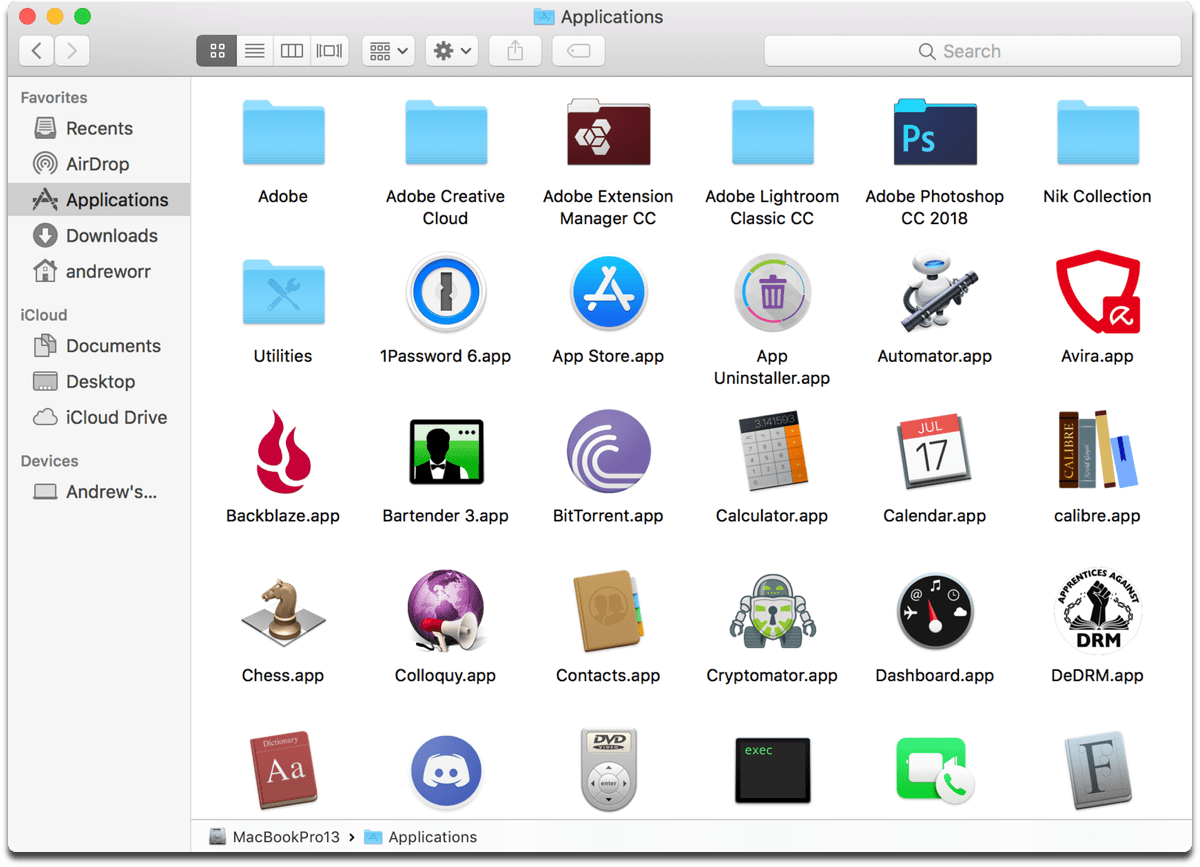
- #Classic mac programs for osx for mac
- #Classic mac programs for osx mac os x
- #Classic mac programs for osx mac os
- #Classic mac programs for osx drivers
- #Classic mac programs for osx software
Mini vMac aims to stay simple and maintainable.
#Classic mac programs for osx software
For software that will run in either, the emulation in Mini vMac can be more accurate, while Basilisk II offers many more features (including color, larger screen, more memory, network access, and more host integration). The consequences are that some of the earliest Mac software will run in Mini vMac and not Basilisk II, while much of the later software will run in Basilisk II and not Mini vMac.
#Classic mac programs for osx drivers
The fundamental technical difference is that Basilisk II doesn’t emulate hardware, but patches the drivers in ROM, while Mini vMac emulates the hardware (with the exception of the floppy drive). The biggest current difference is that Mini vMac emulates the earliest Macs, while Basilisk II emulates later 680x0 Macs. So what’s the difference between Mini vMac and Basilisk II? The FAQ page for Mini vMac has a great explanation. It’s also open source and unlike Basilisk II is still being maintained.
#Classic mac programs for osx mac os
Mini vMac is capable of emulating up to Mac OS 7.5.5. It has a focus on the early Macs with the default build emulating a Macintosh Plus. Mini vMac is a spinoff of the vMac project. It is also open source, however it is no longer being maintained. This is another very popular emulator and a lot of people looking to emulate 68k Macintoshes choose this one. It’s capable of running up to Mac OS 8.1. Originally released in 1997 by the same developer as SheepShaver. Basilisk IIīasilisk II emulates a 68k Macintosh. Mac OS 7.5.2 was released in 1995 and in turn SheepShaver doesn’t fit my criteria of sticking to software and tools available prior to the 1990s. If you’re interested in running the more recent versions of “Classic” Mac OS this is probably the emulator you should choose. It’s capable of running Mac OS 7.5.2 through 9.0.4. Since then, it has become an open source project. It was originally created for BeOS back in 1998. SheepShaver emulates a Power PC Macintosh. I’ll go over some of the more populator emulators and why I chose the one I did. Since I no longer have any physical “Classic” Mac hardware I decided to turn to emulation.

#Classic mac programs for osx for mac
I chose to only look for tools that were available for Mac prior to the 1990s. I decided for this exploration that I wanted to stick to early Mac software as much as possible. This got me thinking that it might be interesting to spend some time re-learning “Classic” Mac OS app development.Īs I mentioned previously I didn’t really start programming until Mac OS 8 and by then CodeWarrior had solidly cemented itself as the IDE of choice for Mac developers. While System 6 was the first Mac OS version I used, I didn’t start really writing Mac apps until the Mac OS 8 era. I was recently having a conversation with another developer who grew up using Macintosh computers and we were both reminiscing about some of our early development experiences on Mac. Finally, after the PowerPC transition, I used a Power Macintosh 8500 which ran all of the later versions of “Classic” Mac OS. Then I moved up to a Macintosh IIsi running System 7. I started using a Mac with System 6 on a Macintosh Classic.
It includes System 1 all the way up to Mac OS 9.x. This is often referred to as “Classic” Mac OS.

Some versions of Mac OS X, allowing you to use your olderĪpplications.

TheĬlassic environment involves Mac OS 9 running as an application within OS, but it is not compatible with some older Mac programs.
#Classic mac programs for osx mac os x
Mac OS X is more robust than previous versions of Mac Note: The Classic environment is not supported in Mac OS X 10.5 and later, nor will it work on Intel-based Macs. Information here may no longer be accurate, and links may no longer be available or reliable. This content has been archived, and is no longer maintained by Indiana University.


 0 kommentar(er)
0 kommentar(er)
